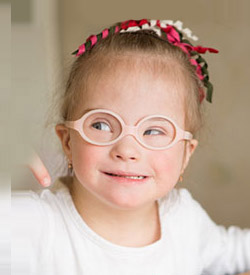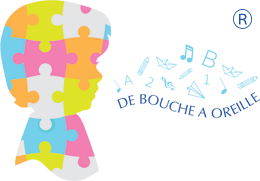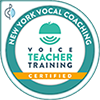
Genetic Diseases
What are genetic diseases?
Genetic diseases are secondary to
abnormalities at the level of a person’s DNA and are present since birth. Some
of these genetic diseases may cause alterations in the typical development of
certain children. Some examples include fragile X syndrome, Rett’s syndrome,
Williams-Beuren syndrome, and Down syndrome or trisomy 21.
What are the clinical signs ?
Clinical signs generally differ depending on the type of genetic disease in question. Nevertheless, the majority of these diseases manifest with intellectual impairment and delays in motor and language development. Some other signs that may be present include:
- Language delays which may manifest differently between individuals.
- Communication disorders.
- Articulation, swallowing and voice disorders which are aggravated by alterations in certain key muscles.
- Delays in the acquisition of motor abilities, such as the sitting position and walking.
- Learning difficulties rendering schooling difficult.
The severity of the manifestations
depends on the genetic disease in question, but usually also varies between
individuals. For example, intellectual impairment may range from mild to more
severe in children presenting with Down syndrome. Similarly, first words or
walking may also be acquired at different ages depending on the child.
How to act?
Early care should be given to
children with genetic diseases and follow up must be undertaken by a
multidisciplinary team, allowing for care to be properly adapted to the child’s
specific needs.
Collaboration between the different specialists is a key element in the care of these children:
- Speech and language therapy for language, swallowing and speech difficulties.
- Physical therapy for motor difficulties.
- Psychomotor therapy for spatial organization, body image (i.e. our image of our own bodies and its position in space), etc…
- Child’s surroundings, parents and special educators.
This collaboration is specifically
sought in order to ensure the best possible quality of life for the child, and
in order to support him/her during activities of daily living (learning and
social integration). Schooling should generally be done at special institutions
which would allow for the most adapted setting for the child’s education.
A secondary objective of the aforementioned collaboration is to nurture the child’s intellectual and physical skillset in an attempt to prepare them for a future where they could be productive individuals. For example, many people with Down syndrome are able to hold down jobs due to proper and adapted vocational learning.


